Review for Down in Bermuda

After Agent A: A puzzle in disguise, indie Australian studio Yak & Co. released their second title called Down in Bermuda, a wonderful isometric adventure about helping an old man explore a fictional depiction of Bermuda's islands in order to find a way back home. Anyone looking for a relaxing time with a variety of fun puzzles to solve will have few if any complaints about what this endearing little game has to offer, even those predisposed to disliking lots of scavenger hunts.
Just like its predecessor, Down in Bermuda is a game where the puzzles are the main attraction, delivered through a simple yet charming story. Instead of being a first-person adventure, however, here the presentation features a bird’s-eye third-person perspective with little control over the protagonist, who casually addresses you by breaking the fourth wall and even refers to you as a friend to other characters.
The game starts with a short cinematic of a young aviator crashing on an island in Bermuda after being caught up in a dreadful storm. Thirty years later, the man is now a jolly old adventurer who introduces himself as Milton. Despite not remembering much about his life prior to being stranded here, the old man is nagged by the feeling that he has a home to return to, and thus asks you for help to escape.
There are a total of six islands to visit, and each is a colorful and beautifully cartoony place to explore. You never know what you may find next, from the secret lair of a giant turtle that’s been asleep for years, to an abandoned lab hidden beneath a lighthouse. The various structures and machines, like underwater scientific installations or ancient mechanisms that guard the island’s secrets, have a more angular look compared to the flora, fauna, and especially the various characters you meet, which are rounder and bubblier, almost like squishy toys. The only humans here are Milton and his family, with the rest of the cast either being animals or more fantastical creatures such as a tribe of rock people, a lava monster and an undead pirate, to name a few. Some act as antagonists, while others give you clues about what to do next or how a puzzle works.
Each island feels alive without being too busy. Nature provides plenty of background animation, from the wind gently blowing the vegetation to the water ripples forming around the shores, while the inhabitants convey their emotions and personalities with their limbs rather than with their faces, partially because it is hard to make out facial expression when looking at them from above.
Against this scenic backdrop, the ambient cries of seagulls and the rush of water go perfectly with the chill instrumental songs playing in the background to create a very relaxing tropical island atmosphere. More aggressive sounds like a cannon firing or the ground rumbling when a new structure pops up briefly disrupt the serene vibe, but in doing so they enhance the more adventurous side of this journey, encouraging you to keep on moving forward to find out what else might happen.
In order to progress, there are two kinds of orbs to collect on each island. The first ones are big and usually only number from three to five, depending on the island. Acquiring them all activates the portal that allows Milton to travel from one island to another. These larger orbs are earned as rewards for solving certain puzzles related to the story, from finding and releasing a couple of islanders dangling from a tree, to starting a chain reaction that begins with a pipe puzzle to get rid of a giant spider. But one of the big orbs per island is locked away in a special machine that requires finding a bunch of smaller orbs hidden all over each island in order to be activated.
From controlling the camera to interacting with the environment, everything can be done with the mouse. Since you don’t directly control Milton, you are free to pan the camera around each island, rotate the view around its current position, and zoom in and out via a slider at the side of the screen. Doing so will reveal the various elements you can interact with, as well as the items needed to proceed, mainly a collection of keys that will be used automatically in the correct place once in your possession. While not required to advance in the story, there are also certain things that can be collected just for the achievements, like pictures of Marvin’s past and some ancient relics left by pirates years ago.
This exploration-rich gameplay is the best thing about Down in Bermuda. Take searching for the small orbs, for example. There’s a map on each island with the locations of every small orb to be found on it, but you’re only given an approximate idea of where each orb may be. Investigating the places indicated on the map could result in finding a chest or rock concealing the orb, while other times you may find a field of mushrooms that is actually a puzzle that needs to be solved first.
Only half of the fun comes from actually solving the puzzles. The other half comes from simply interacting with the islands’ structures like ancient ruins or long-forgotten machines, which feels like playing with a fidget toy. Pushing buttons, pulling levers, and turning gears to find out what might pop up before the actual puzzle emerges is enjoyable in its own right. One of the islands even has a tiny cannon that must be moved around on rails to open holes and destroy obstacles.
When you’re ready to tackle a puzzle after a good dose of messing around, sometimes you’ll encounter a self-contained challenge that can be solved by interacting with it directly, such as a fungal Simon puzzle, a slider, or rotating pipes to complete a circuit. Other times, however, the solution may involve going back to look around the island for clues, from a hidden pattern in which a particular machine must be moved, to the symbols that form a code that must be input in another.
Though you’ll often leave him behind, Milton will suddenly turn up in different parts of the current island as you progress, either pointing out places of interest, unlocking puzzles, or even taking part in the solutions himself. One such example is when he places himself on a seesaw after you’ve completed certain tasks, becoming a piece in another puzzle in which you must catapult him from seesaw to seesaw until he reaches a particular destination.
Navigating between these beautiful islands feels great, thanks in part to smooth performance with fast loading times, no bugs or glitches, easy transitions when accessing the menu or maps, and problem-free camera control. However, despite the freedom it apparently allows in terms of exploration, the order in which the puzzles must be solved is mostly sequential. And whenever you are stuck solving one or trying to locate something related to its solution, there’s not much else to do but keep at it in the absence of any kind of help system to give you a hint on what to try or where to search for the next puzzle.
Other than a few frustrations when puzzle solutions are slow to present themselves, however, Down in Bermuda does an excellent job of delivering what it promises: an easygoing adventure for those who want to enjoy some well-designed puzzles in a whimsical environment. It only takes about two to three hours to finish, even to locate all the optional photos and relics. But short as it is, this sweet, beautiful and delightfully fun experience should be welcomed with open arms by adventurers of all ages.


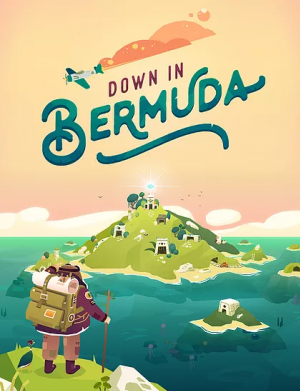







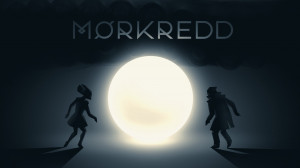



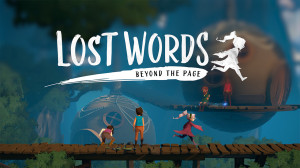

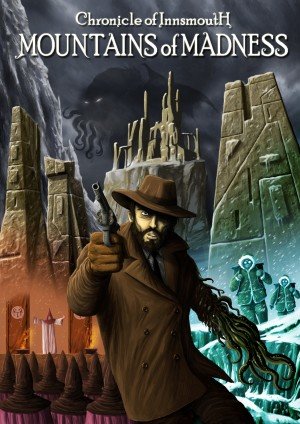



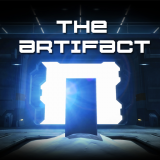


__small.jpg)


